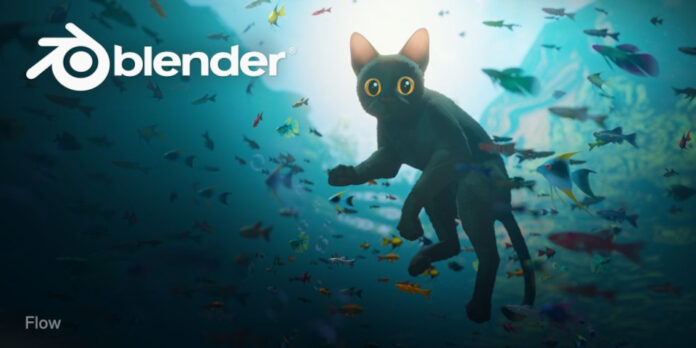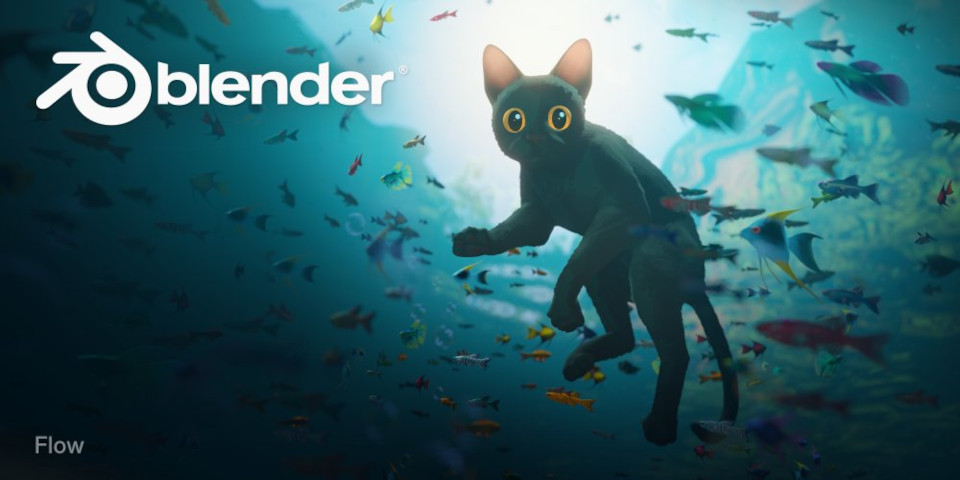
The splash screen artwork for Blender 4.4: a still from Oscar-nominated animated feature Flow
The Blender Foundation has released the first beta builds of Blender 4.4, the next version of the open-source 3D software for VFX, animation, game development and visualization.
Compared to its predecessors, it’s a workflow-and-bugfix-focused release, with no new features of the scale of Eevee Next in Blender 4.2 or Grease Pencil 3 in Blender 4.3.
However, there are significant changes, so below, we’ve picked out five, from the way animation works to a major rewrite of the compositor – and yes, the bugfixes themselves.
At the end of the story, you can find a summary of what’s new in other key toolsets, including sculpting, Geometry Nodes, the Cycles and Eevee renderers, and the Video Sequencer.
We’ll update this story once Blender 4.4 is officially released in March, but no major new features should be added between now and the stable release.
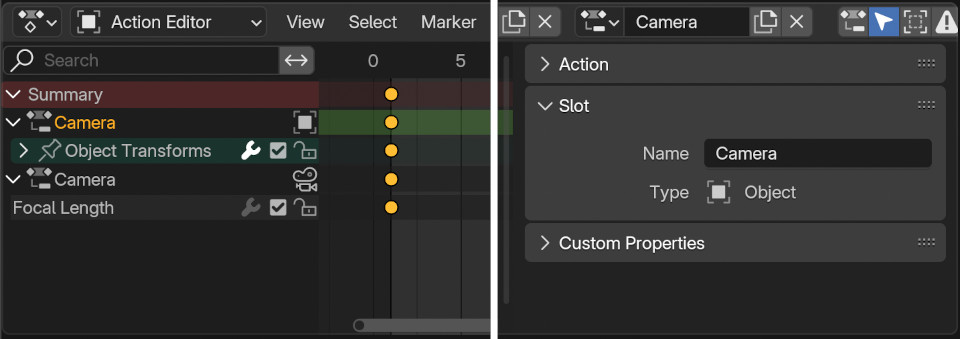
Blender 4.4 changes the structure of the Action data-blocks used to store animation data. The Action above has two Slots, one for the Camera Object and one for the Camera Data.
1. Animation: slotted Actions simplify animation workflow
Many of the key changes in Blender 4.4 are under the hood. One of the most significant is that the structure of Actions – the data-blocks used to store animation data – has changed.
Actions now have Slots, making it possible for a single Action to store multiple kinds of data.
As a result, a single Action can store more complex animation: for example, an object that changes color as it moves can be represented using separate slots for its position and material.
The change should simplify workflow when animating cameras, as shown in the image above, and materials, where the material and its shader node tree can have separate slots.
It is also now possible to merge the animations of multiple objects into one Action, or split slots of one Action into many, increasing flexibility.
Changing the way that Blender stores animation data was one of the first major proposals for the Animation 2025 Project, the ongoing overhaul of Blender’s character rigging and animation tools, although the original idea was to replace Actions with a new Animation data-block type.
The change introduces a new Python API, and is not fully backwards-compatible, although existing .blend files should be updated automatically on import.
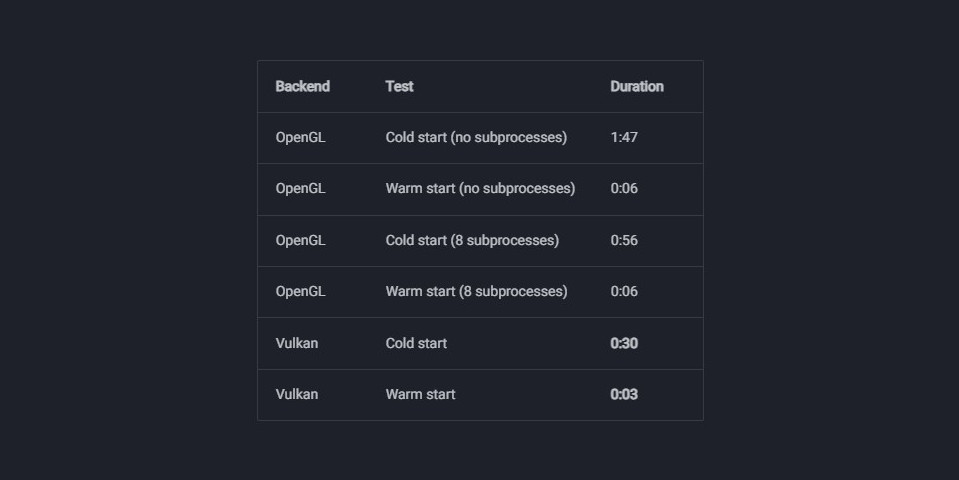
Although the new Vulkan backend, used for real-time rendering, remains an experimental feature in Blender 4.4, its performance relative to the default OpenGL backend has improved.
2. Viewport rendering: a big update to the new Vulkan backend
The Vulkan backend introduced in Blender 4.1 for rendering the UI and viewport gets a “big update in performance, stability and compatibility”.
Startup times, from loading a scene to the final viewport appearing on screen, are now around 5x faster than the OpenGL backend for a cold start, and 2x faster for a warm start.
Vulkan is also now used to display the rendered output of Cycles, Blender’s production renderer – although not to run Cycles, which is still described in the online documentation as “not viable”.
The Vulkan backend is supported on relatively old GPUs: NVIDIA’s 10-year-old GeForce GTX 900 Series and AMD’s eight-year-old Radeon 400 Series are supported on Windows and Linux.
However, it remains an experimental feature: it lacks support for key features like OpenXR and OpenSubdiv, and animation performance still needs to be improved.
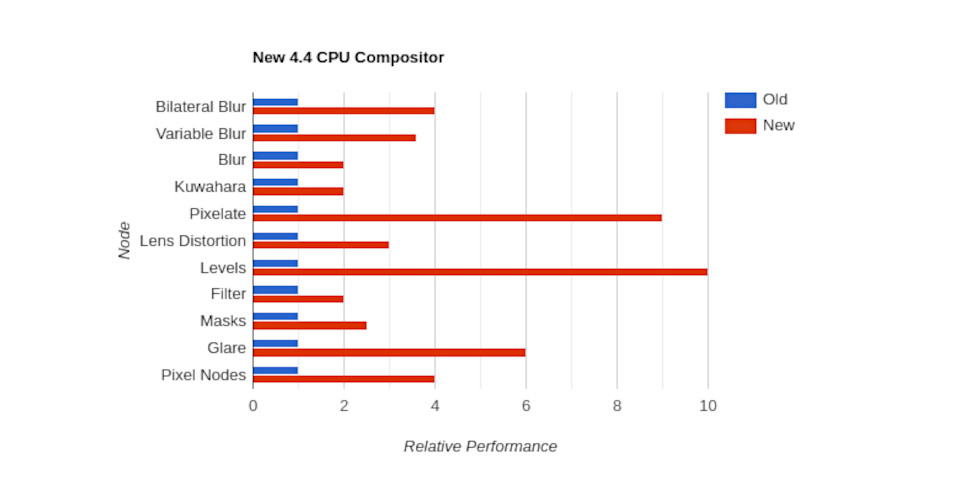
The CPU Compositor has been rewritten in Blender 4.4, improving the performance of key nodes, and revamping the Glare node used to add glows and lens flares to images.
3. Compositing: faster CPU compositing and a revamped Glare node
Another under-the-hood change in Blender 4.4 is that the CPU compositor – the original compositor, not the new Viewport Compositor introduced in Blender 3.5 – has been rewritten.
The work was done in preparation for future development, but it does bring significant speed improvements: key nodes, including blur, filter and mask nodes, are now 2-10x faster.
The Glare node, used to add lens flares and glows to images, has also been made more usable: VFX artist Rob Dickinson has a good overview of the changes on his Decoded YouTube channel.
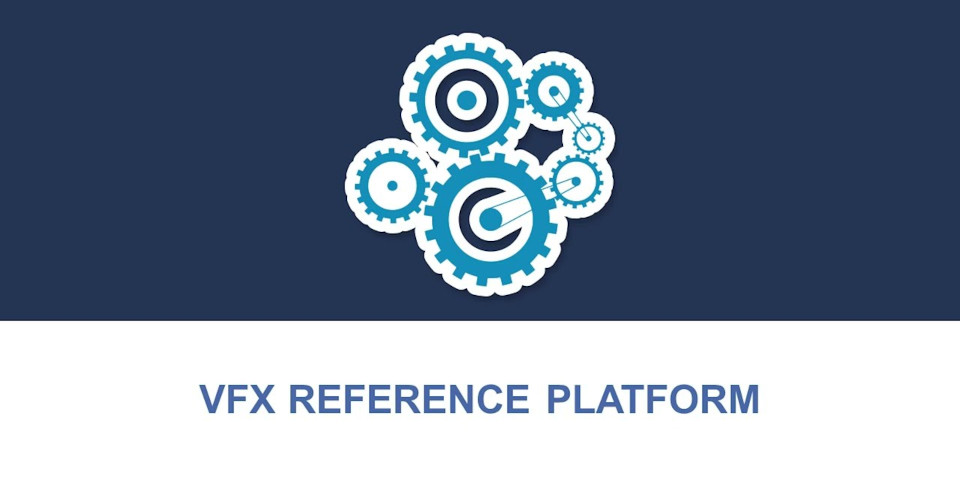
Blender 4.4 updates key libraries, including OpenColorIO, OpenEXR and OpenVDB, to match the new CY2025 specification for the VFX Reference Platform.
4. Pipeline integration: CY2025 support for VFX Reference Platform
For visual effects and animation studios, another key feature of Blender 4.4 is that it has been updated to match the CY2025 specification for the VFX Reference Platform.
Overseen by the Visual Effects Society, the annually updated spec is intended to ensure that tools used in VFX production pipelines all use the same versions of key software libraries.
The Blender Foundation had previously considered moving away from the platform, but reversed the decision in 2022, with full compliance returning in Blender 4.0.
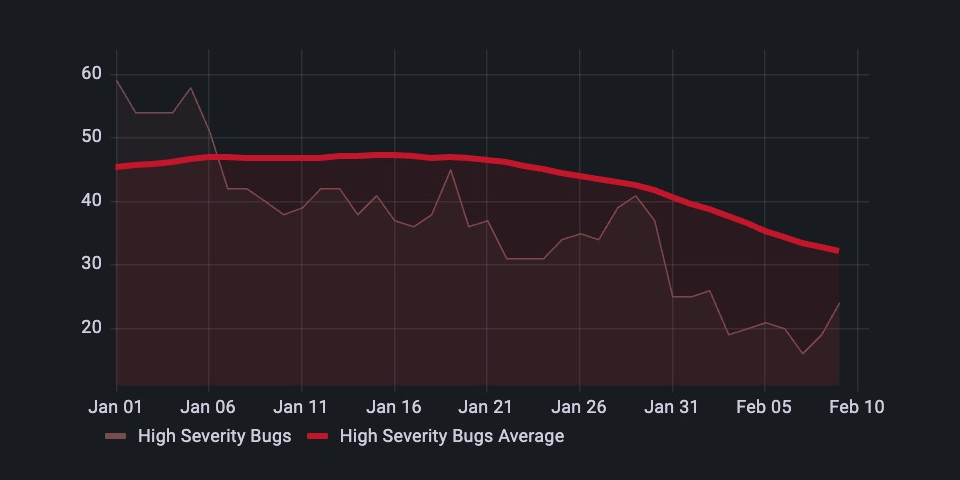
A key focus during the development of Blender 4.4 has simply been to fix bugs, with more than 500 reported issues fixed during January 2025 alone.
5. And bugfixes: lots and lots of bugfixes
However, a key objective Blender 4.4 was simply to fix bugs, not to introduce major new toolsets – so much so that we’ve chosen the bugfixes as one of our five key changes.
According to a recent post on the Blender Developer blog, more than 500 reported issues were fixed during January alone, as part of the ‘Winter of Quality’ initiative.
The part of the software to get the most fixes was Grease Pencil, Blender’s 2D animation and storyboarding toolset, following its major overhaul in Blender 4.3.
The user interface, viewport and Geometry Nodes framework also each got over 70 fixes.
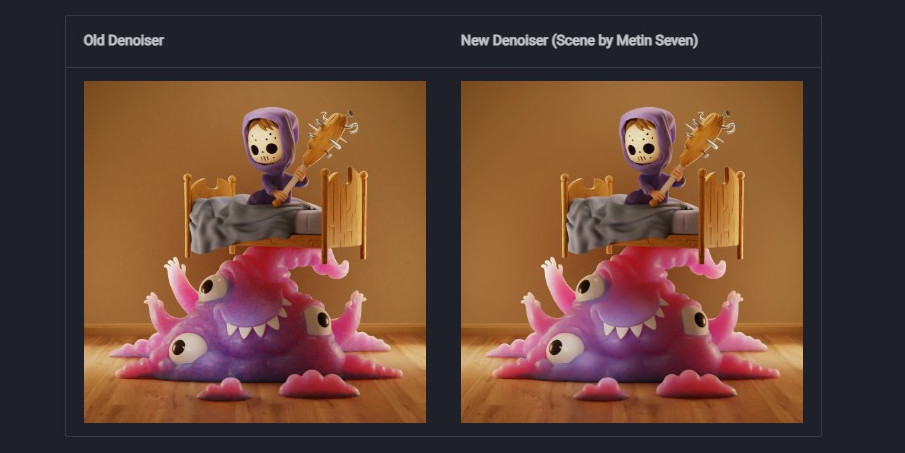
Changes to Blender’s other key toolsets in Blender 4.4 include an update to the OptiX denoiser used in the Cycles render engine, improving consistency of denoising on NVIDIA GPUs.
Other changes: what’s new in the other key toolsets?
Blender’s user interface gets a lot of small improvements in Blender 4.4, including updates to UI fonts, tooltips, common UI panels and dialogs, and the Status Bar, which now shows warnings for more common issues, like negative scale values on objects.
The 3D modeling toolset gets improvements to topology, including options to select all three- and five-pole vertices in a mesh, and to join tris to quads in a way that favors an even quad grid.
In the sculpting toolset, the existing Flatten, Fill and Scrape brush types have been consolidated into a single new brush type, the Plane brush.
The Geometry Nodes and physics framework gets new Collection and Object input nodes, although most of the changes are workflow improvements.
In the character rigging toolset, membership of bone collections is now mirrored when symmetrizing an armature.
For character animation, the Pose Library can now export pose assets as external libraries, making them easier to reuse between projects.
Cycles, Blender’s main production renderer, has been updated to use a newer version of NVIDIA’s OptiX denoiser, resulting in more consistent denoising for users with older GPU drivers.
The Grease Pencil 2D animation toolset has been updated to restore features removed by the major overhaul it received in Blender 4.3.
The Video Sequencer gets workflow improvements, particularly to text strips, but the key change is probably support for the industry-standard H.265/HEVC video codec.
In addition, the sequencer now supports 10- and 12-bits-per-channel video formats – there is currently no handling of HDR video, but proxies for HDR image strips should now work properly – and videos rendered from Blender now explicitly use BT.709 color space used for HDTV.
Other pipeline integration changes include support for the AAC audio format, and updates to USD workflows, including better export of animated volumes and instanced non-mesh objects like point clouds and curves, and support for displacement in UsdPreviewSurface.
System requirements
Blender 4.4 is currently in beta, with the stable release due in March 2025. Blender is compatible with Windows 8.1+, macOS 11.2+ and glibc 2.28+ Linux.
Read a longer list of new features in the Blender 4.4 release notes
Download daily beta builds of Blender 4.4
Have your say on this story by following CG Channel on Facebook, Instagram and X (formerly Twitter). As well as being able to comment on stories, followers of our social media accounts can see videos we don’t post on the site itself, including making-ofs for the latest VFX movies, animations, games cinematics and motion graphics projects.

